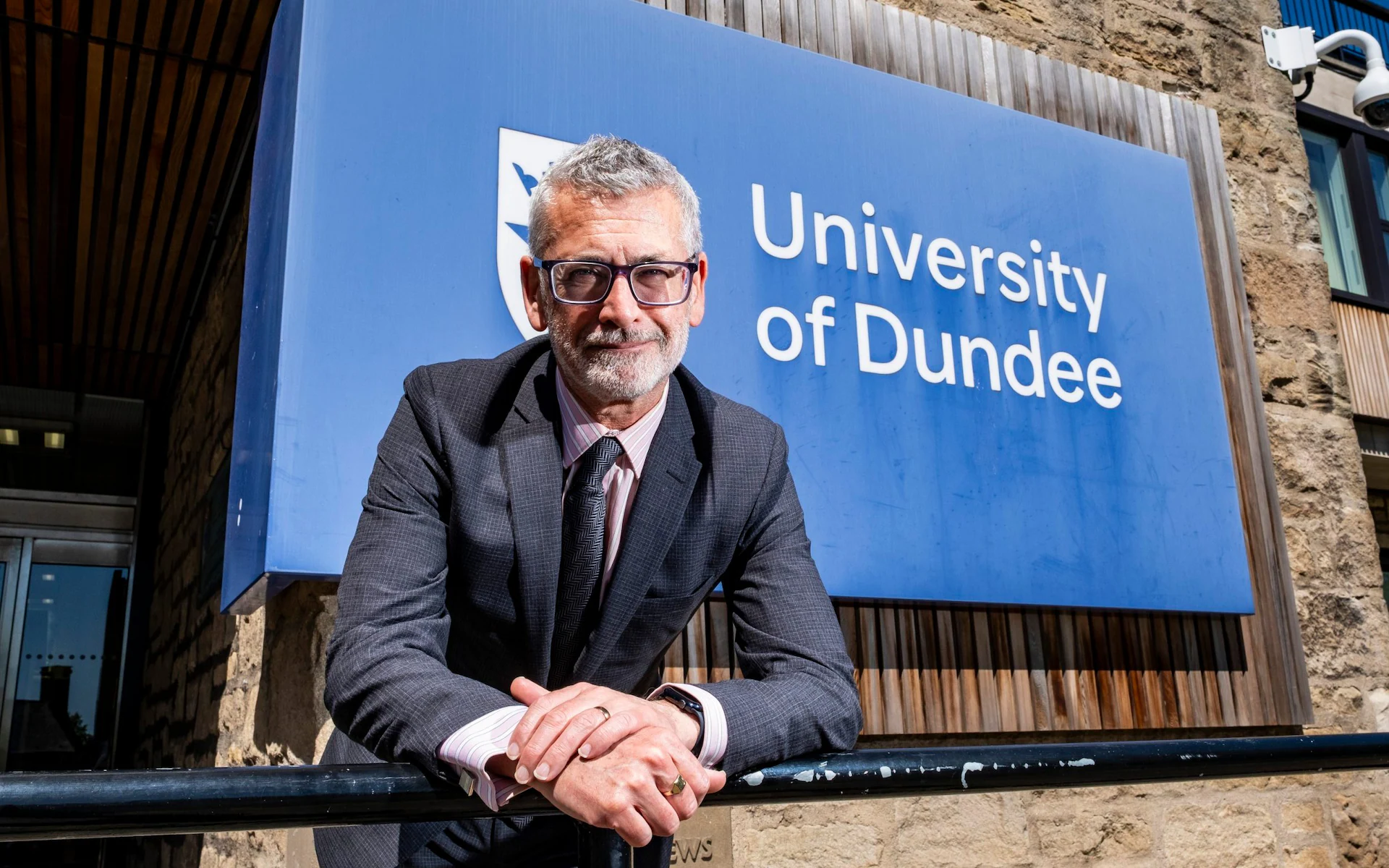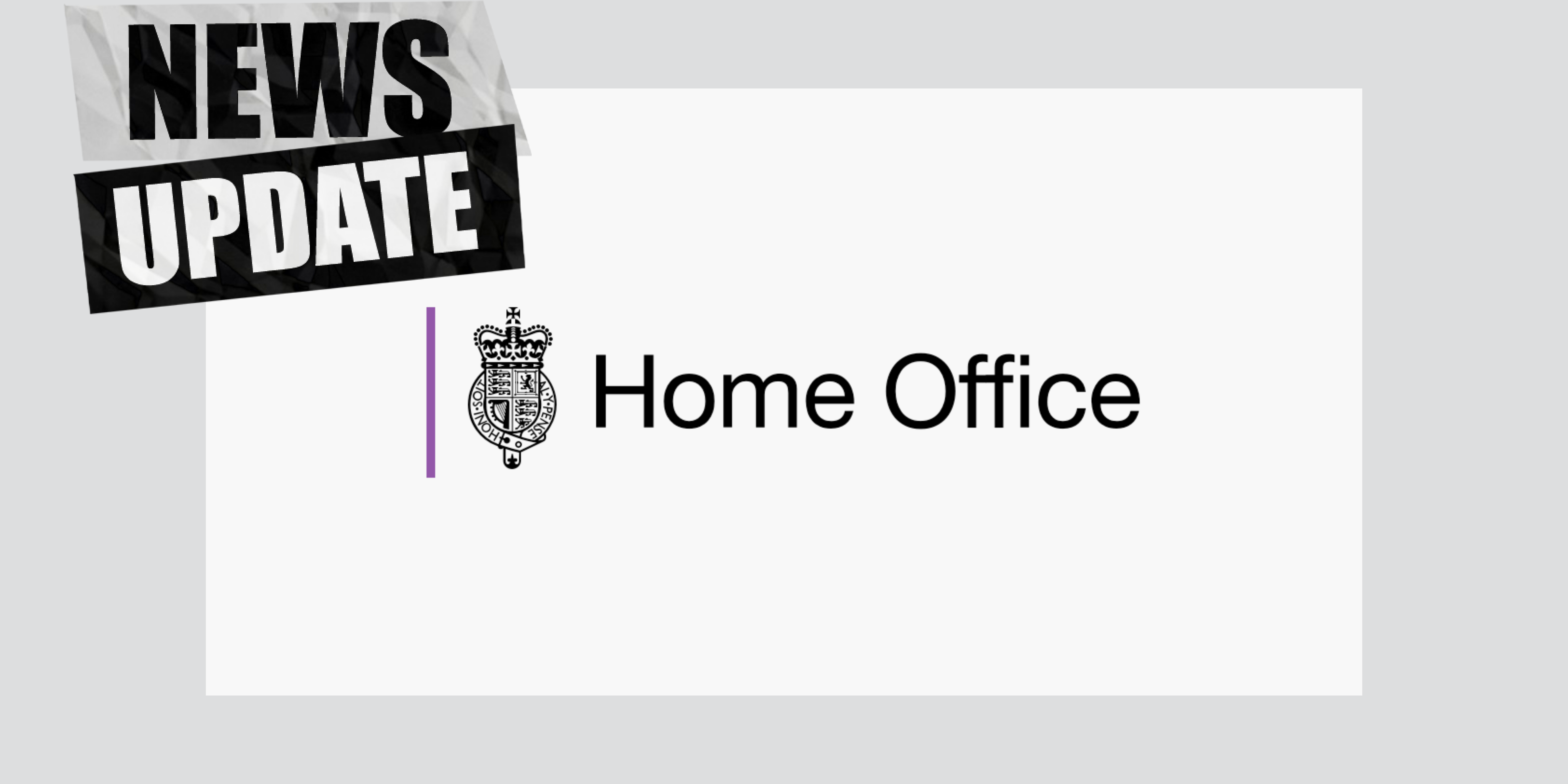As recently as two years ago, the leadership at Dundee University had every reason to trumpet their success. After all, their decade-long pursuit of overseas students was paying handsome dividends, with record numbers – including hundreds each from Nigeria, India and China – thronging the campus and generating unprecedented millions in tuition fees.
From the wood-panelled splendour of University House, the Italianate villa which had long served as the centre of learning’s headquarters, officials gleefully reported that growth in income had surpassed even the most ambitious targets. Anticipating ever greater and more lucrative recruitment of students from abroad, they confidently forecast a “positive financial outlook”.
Fast-forward to today, and such positivity is a distant memory.
In November, in a move that stunned Britain’s higher education sector, Dundee unexpectedly announced it was facing an unmanageable £35 million annual deficit. Worse still, its reserves had been run down to zero. The university was broke.
Only an emergency bailout from the public purse saved an institution dating back to 1881 from bankruptcy and immediate permanent closure.
Now the university must undergo the painful process of cost-cutting and contraction necessary for it to survive (even the magnificent University House is being sold to raise much-needed cash).
The man tasked with bringing it back from the brink, Prof Shane O’Neill, has issued a stark warning. He says Dundee might prove to be higher education’s metaphorical canary in the coal mine as a wider calamity begins to engulf Britain’s universities.
Prof O’Neill, appointed as Dundee’s interim principal following the financial meltdown, acknowledges that the policy of deliberately targeting foreign students, previously seen as the best way to bankroll the university, actually fuelled the crisis.
Dependence on cash from overseas, he explains, left Dundee exposed both to unpredictable shifts in the international economy and to the tightening of Britain’s immigration rules.
His comments follow a recent alert from the higher education watchdog about the rising threat of bankruptcy across the sector, and also the publication earlier this month of proposals by Labour which could make it even harder for universities to recruit international students.
“Reliance on international tuition fees is the main reason for Dundee’s financial crisis. It devastated our income,” says Prof O’Neill.
“With ever-growing challenges of under-funding and cost pressures, international tuition fees became the obvious way for the university to cross-subsidise the other core elements of our activities, to cover the costs of teaching and of carrying out research. But it left us extremely vulnerable to economic shocks and to changes in immigration policy.”
Dundee is “not alone”, he adds. “Higher education is an unstable sector in terms of finance, and international fees have become the main way for most universities to source the income they need to support their ongoing activities. And, like Dundee, they are vulnerable too.”
Dependency on overseas students
Analysis of Dundee’s financial strategy over the past decade reinforces how voraciously the university pursued fees from overseas students – and, in turn, how dependent on them it became.
In 2014, the university accepted 582 international students (around half from China), while tuition fees from non-EU residents totalled £16 million, just 38 per cent of the annual fees income.
The same year, university leaders outlined a plan to boost international funding, stating that “the best source of potential income growth” came from “increasing the number of overseas students”.
And after a determined marketing and recruitment campaign, the policy became a runaway success, at least in the short term.
Year on year, the university bolstered its international profile while a number of foreign students soared – each one paying tuition fees up to five times higher than those for UK students.
In 2020, the university revealed fees from non-EU students had risen to £37 million, more than half of the overall fee income for the year.
By 2023, Dundee had undergone a radical transformation, with more than 30 per cent of the total student population coming from some 120 different countries. The biggest international cohorts included 871 postgraduates from Nigeria and 580 from India, while tuition fees from non-EU overseas students had rocketed to nearly £78 million, two-thirds of the yearly fee income.
The university’s annual report for 2022/23 noted “continued growth in international student recruitment above ambitious targets” and predicted “further growth in international students,” before concluding: “The outlook for the next academic year is positive.”
The glowing report was published in July 2024.
But just four months later, seemingly out of the blue, the university announced its £35 million deficit, a black hole which, according to Prof O’Neill, almost proved terminal.
“However keen we were to avoid it, we had to be honest: one scenario was insolvency, that we simply wouldn’t be able to continue,” he says.
An independent investigation is currently examining why and how the university’s financial position deteriorated so seriously and so suddenly.
There is no suggestion of criminality, and although Prof O’Neill won’t pre-empt the inquiry’s findings, he admits the university suffered from “inadequate financial discipline, poor investment decisions, and inadequate oversight of our financial position, not least in ensuring our strategic ambitions were underpinned by financial rigour”.
Aside from questionable decision-making, other factors coincided to expose the university’s over-reliance on foreign funding.
Economic turmoil in Nigeria in 2023, for example, ushered in rampant inflation and rapid devaluation of the currency, the naira. The knock-on effect for Dundee, where one in 10 students at the time was from the African nation, was a sudden collapse in applications.
Damaging too was the policy shift introduced by the last Conservative government, which came into force in January 2024 and made it harder for students to obtain visas for spouses or children.
“Typically, our Master's programmes are attractive to young professionals who come here from overseas to study, enhance their career prospects, and then go back to better jobs,” says Prof O’Neill.
“In the years after Covid, our international numbers spiked and we had a lot of additional intake from Nigeria, India and South Asia, many of whom already had young families and would bring dependents with them. But the change meant our taught postgraduate students could no longer do that – so many decided against coming here, which hit us hard.”
Immigration policies
The issues at play have meant that since 2023, the number of international students at Dundee has dropped by 62 per cent.
“It highlights how vulnerable we are to significant policy changes around immigration that have happened in the recent past – and could happen again in the near future,” Prof O’Neill says.
Looking ahead, Labour’s move to launch an immigration crackdown is likely to have an impact on already struggling universities. The Government’s plans include reducing the time overseas graduates can remain in the UK after completing their studies to just 18 months and charging institutions a 6 per cent tax on overseas fees income.
Prof O’Neill says Dundee and other higher education providers face a dilemma as they struggle for funding: despite overseas fees being uncertain, the current system means they remain potentially lucrative.
Tuition fees for undergraduates from England, Wales or Northern Ireland are capped at £9,535 a year. Meanwhile, Scottish students at Scottish universities do not pay fees but are funded by the Scottish government, which contributes just £1,820. By comparison, foreign undergrads pay £22,500 a year to study for a Master's degree in English, and £53,370 to study medicine.
“The current fee model has led to severe structural underfunding, which means we can’t really cover the costs associated with administration, teaching home students or carrying out research,” Prof O’Neill says.
“Dundee has a global reputation, particularly in biomedical and life sciences. And while our high-quality work attracts a lot of research income, the available grants typically don’t cover us fully, leaving a funding gap that has to be filled by the institution itself.”
He adds: “Every university tries to be as good as possible and attract as much research income as they can, but the more successful they are, the more they have to generate finance in other areas – such as fees from international students – so they can support that research.”
Earlier this year, the Office for Students (the independent regulator for higher education in England) warned that the risk of a large university in Britain suddenly going bust has increased significantly, with the sector’s finances performing worse than expected in the second half of 2024.
It modelled a drop of £3.4 billion in net income across the sector in 2025-26, warning of “pessimistic” forecasts which increase the likelihood of the sudden demise of a “large provider”.
Umbrella body Universities UK has echoed those concerns and urged the Government to reconsider its proposed tax on international students.
Chief executive Vivienne Stern says: “Universities have had to make serious cuts as a result of visa changes which have decreased international student numbers, a downturn in per-student funding, and funding failing to cover the cost of research.
“Individual providers are doing everything they can, but we need the Government to do their bit. That means increasing per-student funding, stabilising international demand, and working with us to sort out cost-recovery rates on research. We also urge the Government to think carefully about the impact the proposed levy on international student fees will have on universities.”
Meanwhile, at Dundee, the impact of the financial crisis is plain to see: looming redundancy for more than 300 staff, departments being streamlined, research programmes and teaching modules facing the axe, and a call for millions more in bailout funds.
“Despite what has happened, we have been able to survive as a recognisable entity,” says Prof O’Neill. “But sustainable recovery means changing everything: our size and our shape, our structure and our balance of activities.
“As it was, the University of Dundee was simply not affordable.”



